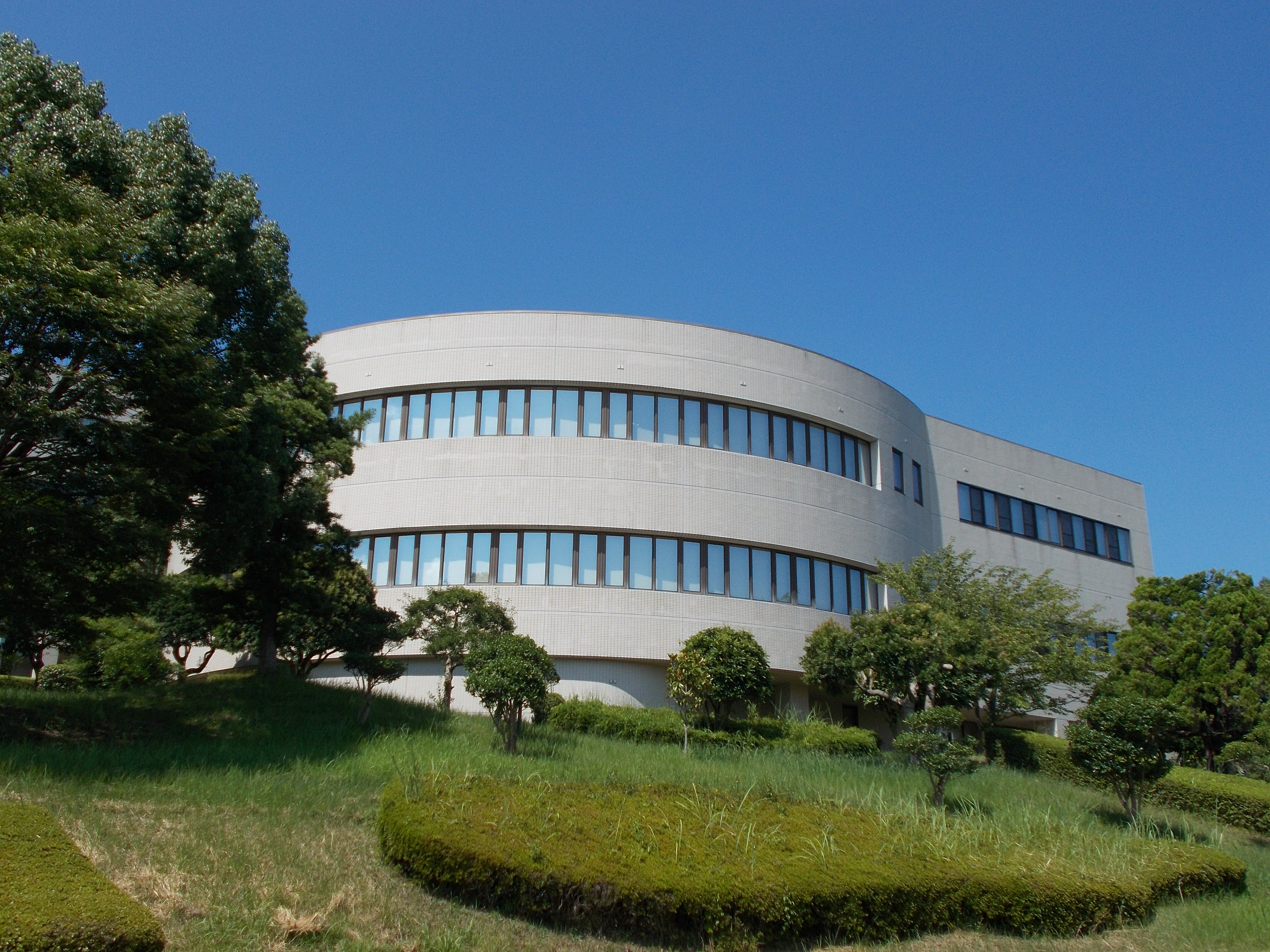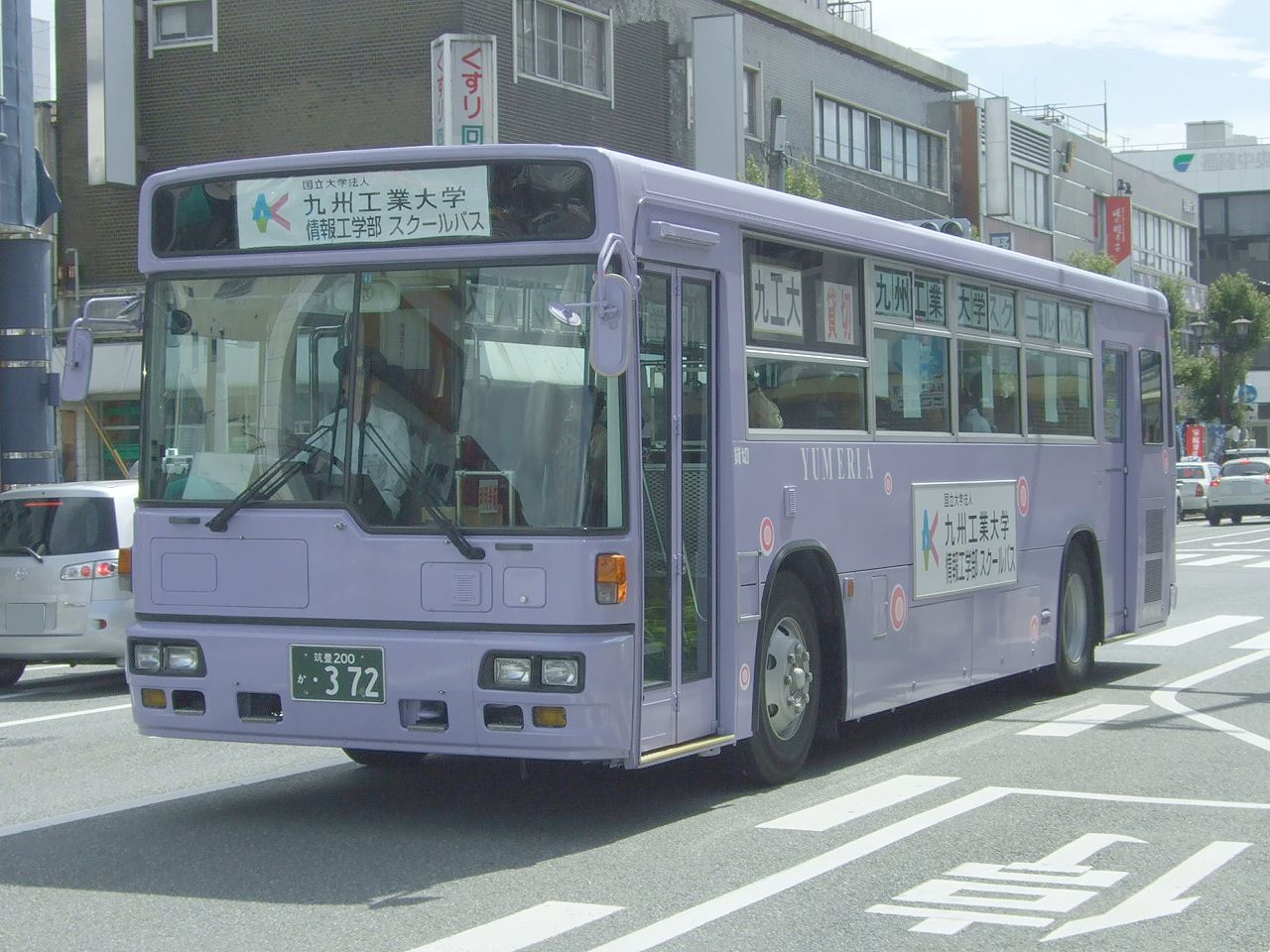Considering Japan for your degree in engineering, robotics, or computer science? Kyushu Institute of Technology (Kyutech) is a compact, industry-connected national university in Kitakyushu with three campuses—Tobata, Iizuka, and Wakamatsu—offering practical, globally minded programs. This guide introduces Kyutech’s history, strengths (from nanosatellite training to hands-on robotics), international student life, exchange options, climate and lifestyle in northern Kyushu, and recent data on tuition and student numbers. All links point to official or trusted sources so you can verify details quickly and plan your next steps with confidence.





Quick‑Facts Table (Kyushu Institute of Technology / “Kyutech”)
| Type | National (Public) |
| Total Students | 5,828 (as of May 2025) — Source: Student Population |
| Campuses | Tobata (main), Iizuka, Wakamatsu — Kyutech (EN) |
| Faculties/Schools | School of Engineering; School of Computer Science & Systems Engineering; Graduate School of Engineering; Graduate School of Computer Science & Systems Engineering; Graduate School of Life Science & Systems Engineering — Academics Overview |
| 수업료 | Undergraduate/Graduate Tuition: ¥267,900 per half year (¥535,800/year); Matriculation: ¥282,000; Application Fee (UG): ¥17,000 — Tuition and Other Fees (2025) |
| Gender Ratio | Female 16.0% (overall) — Student Population |
| Intl‑Student % | 4.36% (overall) — Student Population (note: a separate 2025 PDF lists 323 international students incl. non‑degree; see section “International Student Statistics”) |
| Students per Staff | ~15.9 (Times Higher Education dataset) — THE World University Rankings (method & stats) |
Campus Maps
Tobata Campus (Kitakyushu, Headquarters)
Address: 1-1 Sensui-cho, Tobata-ku, Kitakyushu-shi, Fukuoka 804-8550, Japan
Iizuka Campus (Iizuka)
Address: 680-4 Kawazu, Iizuka-shi, Fukuoka 820-8502, Japan
Wakamatsu Campus (Hibikino, Kitakyushu)
Address: 2-4 Hibikino, Wakamatsu-ku, Kitakyushu-shi, Fukuoka 808-0196, Japan
Mission, History & Founding Story
Kyushu Institute of Technology (Kyutech) traces its roots to the Meiji College of Technology (MCT), founded in 1907 in northern Kyushu. The original campus stood in today’s Tobata district, and the first students matriculated in 1909. In 1949—amid nationwide post‑war reforms—MCT became a national university and was renamed Kyushu Institute of Technology. This century‑long engineering lineage still shapes the university’s character: compact cohorts, practical training, and close ties to regional industry and research hubs in Kitakyushu and Fukuoka. History (official).
Kyutech’s three campuses reflect its academic structure. Tobata Campus hosts the School/Graduate School of Engineering and many core labs; Iizuka Campus houses the School/Graduate School of Computer Science and Systems Engineering (CSSE); and Wakamatsu Campus anchors the Graduate School of Life Science and Systems Engineering (LSSE) inside the Kitakyushu Science and Research Park. See the university’s overview of schools here: Academics & Research (overview) and the LSSE graduate page: LSSE Graduate School.
As a national university, Kyutech aims to “instill a deep knowledge of science and engineering” while preparing graduates who contribute to society through hands‑on innovation. The president’s message highlights this blend of tradition and forward‑looking research culture—bringing diverse people and future technologies together. Message from the President.
Key Strengths & Unique Features
Flagship: Space Engineering & Robotics (SEIC, LaSEINE & CeNT)
Space Engineering International Course (SEIC) is Kyutech’s English‑based training pathway for master’s/doctoral students in spacecraft engineering. Students conduct research in the Laboratory of Spacecraft Environmental Interaction Engineering (LaSEINE) and train with the Center for Nanosatellite Testing (CeNT), which provides environmental testing for small satellites (vibration, thermal vacuum, etc.). These facilities support the global BIRDS CubeSat program, through which students from multiple countries design, build, and operate nanosatellites—several deployed from the ISS. Read more: SEIC (program overview), LaSEINE, CeNT (outline)및 BIRDS project (official). For a concrete milestone, see Kyutech’s note on BIRDS‑4 satellites released from the ISS (2021).
Computer Science at Scale (CSSE: AI, Networks, Control, Bio‑IT)
The School/Graduate School of Computer Science and Systems Engineering (CSSE) offers a structured pathway from undergraduate fundamentals to advanced graduate modules across AI, networks, intelligent control, creative informatics, and bio‑informatics. Its curriculum emphasizes practical experimentation and interdisciplinary projects that connect to engineering and life‑science applications. Explore CSSE here: School of CSSE (Iizuka Campus) and selected graduate details here: Graduate CSSE (program details).
Industry‑Embedded Engineering Culture
Kyutech’s origins in Meiji‑era industrial education still show up in how courses and labs run today: smaller cohorts, close supervision, and many chances to work with real systems—from nanosatellites to robotics and materials testing. For current fee tables and required insurance, see Tuition and Other Fees (2025) and the “Gakkensai” insurance page: Comprehensive Insurance for Students. Many master’s/doctoral options are taught in English—see Master’s & Doctoral Courses in English.
Student‑Friendly Size & Supportive Ratios
With about 5,800 students across three campuses, Kyutech is smaller than Japan’s mega‑universities. That scale helps with access to labs, faculty, and project slots. Times Higher Education data indicates a student‑to‑staff ratio around the mid‑teens (~15.9), aligning with the hands‑on learning model. Current headcounts (May 2025) and gender/intl percentages are summarized on the official Student Population page.
Student Life for Internationals
Clubs, Circles & Community
Expect a friendly set of events and circles welcoming overseas students. Start from the Student Activities gateway: Student Activities. The Kyutech Foreign Students Association (KITFSA) organizes festivals, sports, and cross‑campus mixers: KITFSA. See also seasonal Events for International Students.
Dedicated Support Offices
International students can contact campus staff directly for visa, housing, and daily‑life questions: Contact your Campus Staff. For counseling: Counseling for International Students. Financial topics: Financial Support, Admission Fee Waiver/Deferment, Tuition Waiver (campus life)및 Scholarships.
Language‑Exchange & Buddy Spaces
On campus, you’ll find the International Exchange Salon/Room and a Language Lounge / Global Communication Lounge for casual conversation practice and cross‑cultural exchange. See facilities pages via the campus‑life navigation (e.g., within Tutor System 또는 International Exchange Salon & Room). For formal “support groups for international students,” see Supporting Groups (internal) 그리고 Support Groups (external).
Partner Institutions & Exchange Options
Kyutech maintains an active exchange network across Asia, Europe, and the Americas. As of August 1, 2025, the official list states 125 partners across 30 countries/regions. Use the partner directory to explore recent additions and faculty‑level agreements: International Exchange Partnerships. A new “International Exchange Programs” page is live (content under construction at the time of writing): Exchange Programs. For English‑taught graduate options (SEIC, iART, GAAR, GE3), see: Master’s & Doctoral Courses in English.
Local Climate & Lifestyle
Weather (recent climatology): For a clear picture of Kitakyushu’s recent patterns, consult stations near Kitakyushu Airport. According to Meteostat and WeatherSpark, typical yearly temperatures range from lows around 3–4 °C in winter to highs near 30 °C in summer, with summer humidity and a rainy early summer (tsuyu) period. See data snapshots here: Meteostat: Kitakyushu Airport 그리고 WeatherSpark: Kitakyushu Airport. These sources let you drill down to the last 5 years’ summaries.
Lifestyle: Kitakyushu offers a lower cost of living than Tokyo/Osaka while remaining well‑connected by rail and air. The area blends industry, coastal scenery, and access to Kyushu’s nature. For on‑campus housing and international dorms, see Student Residence (Iizuka) 그리고 Global Cultivation Center (Tobata). Many support touchpoints are listed under Campus Life navigation (housing, health, facilities).
International Student Statistics
Kyutech publishes numbers in two places. The Student Population page (as of May 2025) shows international students at 254 (4.36% of total), counting only those with “Student” residence status. A separate PDF titled Status of International Students lists 323 students from 40 countries as of May 1, 2025, which includes non‑degree categories—hence the higher total. See the PDF: International Students (by region/country, 2025).
Career & Graduate Prospects
Kyutech’s graduates feed into automotive, electronics, IT, materials, and space‑related sectors across Japan and abroad. The university profiles career paths and provides guidance for international students pursuing jobs in Japan. Start here: Career Paths after Graduation. See also “Regarding employment for international students” and job‑hunting resources linked under Campus Life. For a compact overview of services and daily life, the English leaflet is handy: Student Life & Support (leaflet, EN).

